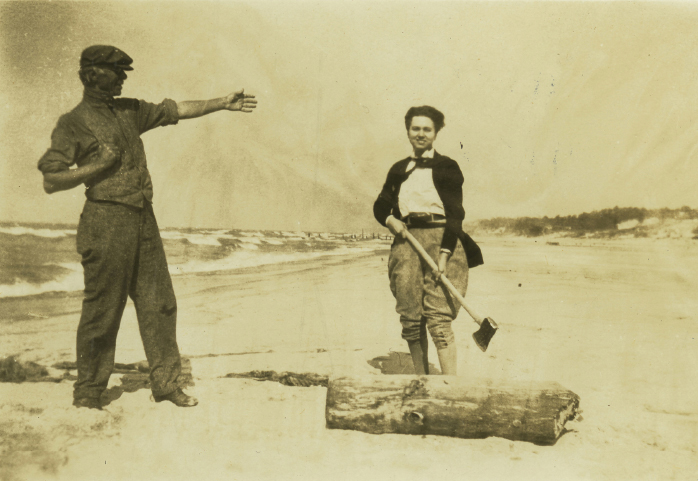3 | Varieties of American Modernism
Though it had been anticipated by Charles Ives, American musical modernism did not really take off until the 1920s. Then a new generation of composers, born around 1900, came of age. They found many more opportunities open to them than Ives had before World War I. The musical climate was more favorable to new ideas, partly because the war had brought greater awareness of all things European, including European new music. Like important American writers who lived abroad — Gertrude Stein, T. S. Eliot, Edith Wharton, Ernest Hemingway — composers now associated themselves with European modernism in ways their predecessors never had. Many new works of European composers such as Schoenberg and Stravinsky saw their first American performances at this time. Innovative musical styles began to appear, some more and some less experimental, and some incorporating American jazz, blues, and other popular idioms.
In New York City, San Francisco, and elsewhere, musical societies arose to encourage the composition and performance of new music. The International Composers’ Guild was created in New York in 1921; it set out to perform only previously unheard works at its concerts. Avant-
The New Music Society of San Francisco, formed by the young American composer Henry Cowell (1897–
All three composers discussed here — Ruth Crawford, William Grant Still, and Aaron Copland — would take part in and benefit from these new energies and efforts to promote American modernist music.
